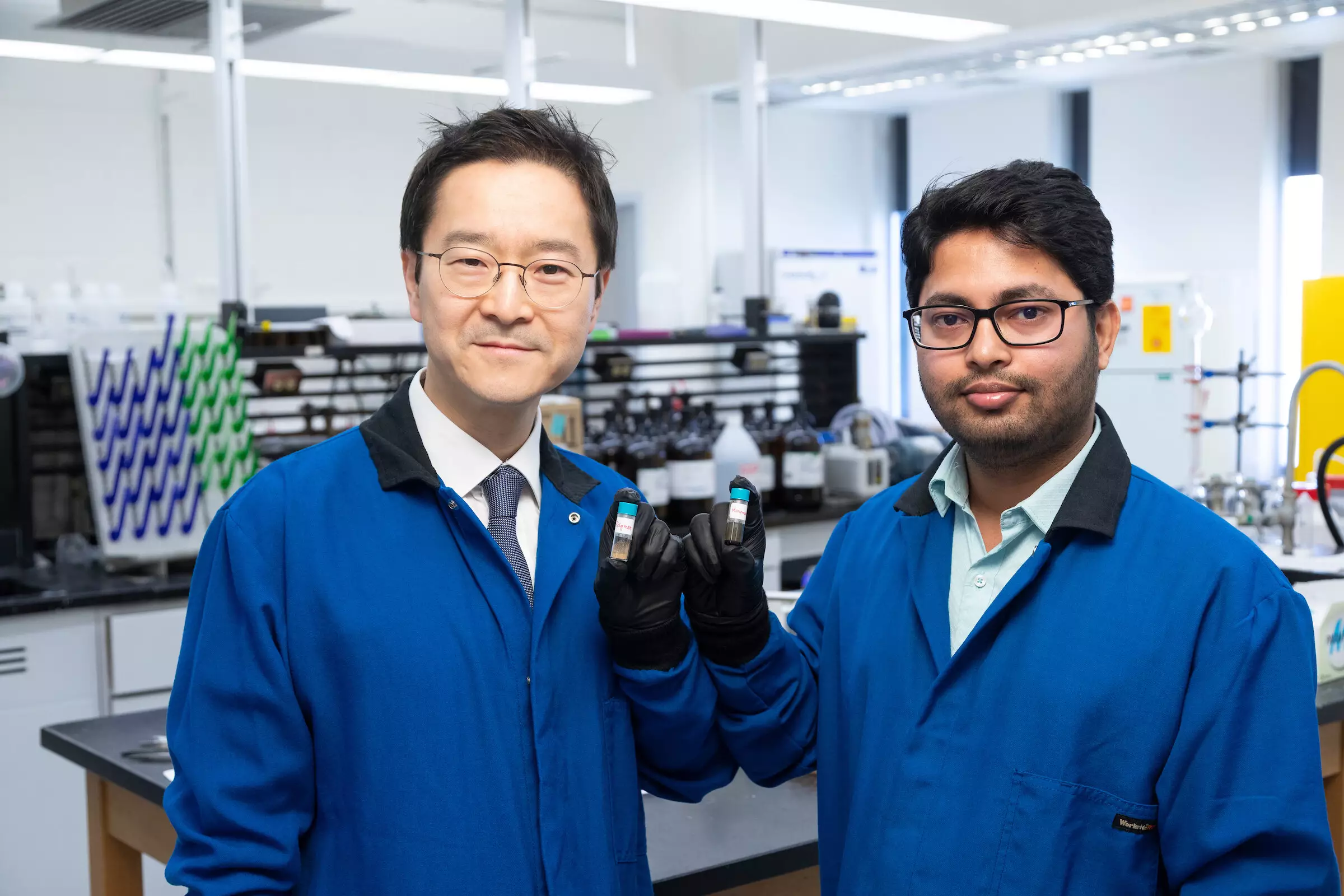In the quest to combat climate change, innovative solutions to carbon dioxide (CO2) emissions are critically needed. A team of researchers at the FAMU-FSU College of Engineering has unveiled a groundbreaking biomass-based material capable of efficiently capturing and releasing CO2. This development represents a significant step forward in sustainable technology, harnessing organic molecules — primarily lignin, a key component of wood and other plant materials — to address one of the most pressing issues of our time: greenhouse gas emissions.
Lignin is abundant and typically regarded as a biomass waste product in the wood processing industry. This new research elevates the status of lignin, transforming it into a valuable resource for carbon capture. As climate scientists advocate for innovative approaches to mitigate the effects of climate change, the breakthrough reported in the journal *Advanced Materials* exemplifies how materials derived from nature can contribute to these efforts.
One of the critical innovations of this material is its ability to operate without the need for high pressure or extreme temperatures. As Hoyong Chung, a co-author of the study and associate professor at FAMU-FSU, highlights, the material does not alter its structure even after multiple uses, thus presenting a promising alternative for long-term carbon capture solutions. Previous initiatives aiming at CO2 sequestration often necessitate complicated setups or significant energy inputs, resulting in high operational costs and potential inefficiencies. However, this new lignin-based material exhibits a capability to absorb 47 milligrams of CO2 from concentrated sources for each gram, as well as capturing 26 milligrams from ambient air.
What makes this research particularly compelling is not just the trapping mechanism but also the reversible process involved. The promise lies in the material’s ability to sequester CO2 effectively and subsequently release it in controlled conditions, making it applicable for various industrial sectors, including manufacturing and agriculture. This dual functionality transforms the material from a passive element of sequestration into an active participant in the modern carbon economy.
The researchers’ journey into understanding the release mechanism revealed surprising results. By employing nuclear magnetic resonance spectroscopy, they observed bubbles forming during heat application—a phenomenon that posed intriguing questions about the composite’s behavior. This finding was pivotal, as it indicated that heating the material at moderate temperatures around 60 degrees Celsius could effectively liberate the trapped CO2.
The ability to modulate the release of CO2 offers versatility for various applications. For instance, specific industrial processes might require CO2 in particular states—whether for chemical reactions or other manufacturing needs. As the research evolves, it opens avenues for harnessing CO2 not merely as a waste product to be disposed of but rather as a resource in itself.
The potential of this lignin-based material extends beyond mere compliance with current environmental regulations; it can significantly contribute to a circular economy where carbon capture, reuse, and recycling are integral. The ability to recycle materials and effectively utilize CO2 can position industries more favorably in the shift toward sustainability.
Furthermore, as postdoctoral researcher Arijit Ghorai, the study’s lead author, reflects on the implications of this research, the broader dialogue about sustainable practices must now include biomaterials designed for carbon capture. This not only affirms the necessity for ongoing research in biomaterials but also highlights the importance of interdisciplinary collaboration between engineering, material science, and environmental studies.
This pioneering study at the FAMU-FSU College of Engineering heralds an exciting time for carbon management strategies. As scientists and researchers further explore the capabilities of lignin and other natural materials, the dream of a carbon-neutral future moves closer to reality. This innovation serves as a reminder that sustainable solutions can often be found in nature, waiting to be refined and adapted for the challenges of the modern world. The integration of such technologies not only paves the way toward significant reductions in greenhouse gas emissions but can also stimulate economic growth through the development of new materials and processes that value sustainability.

